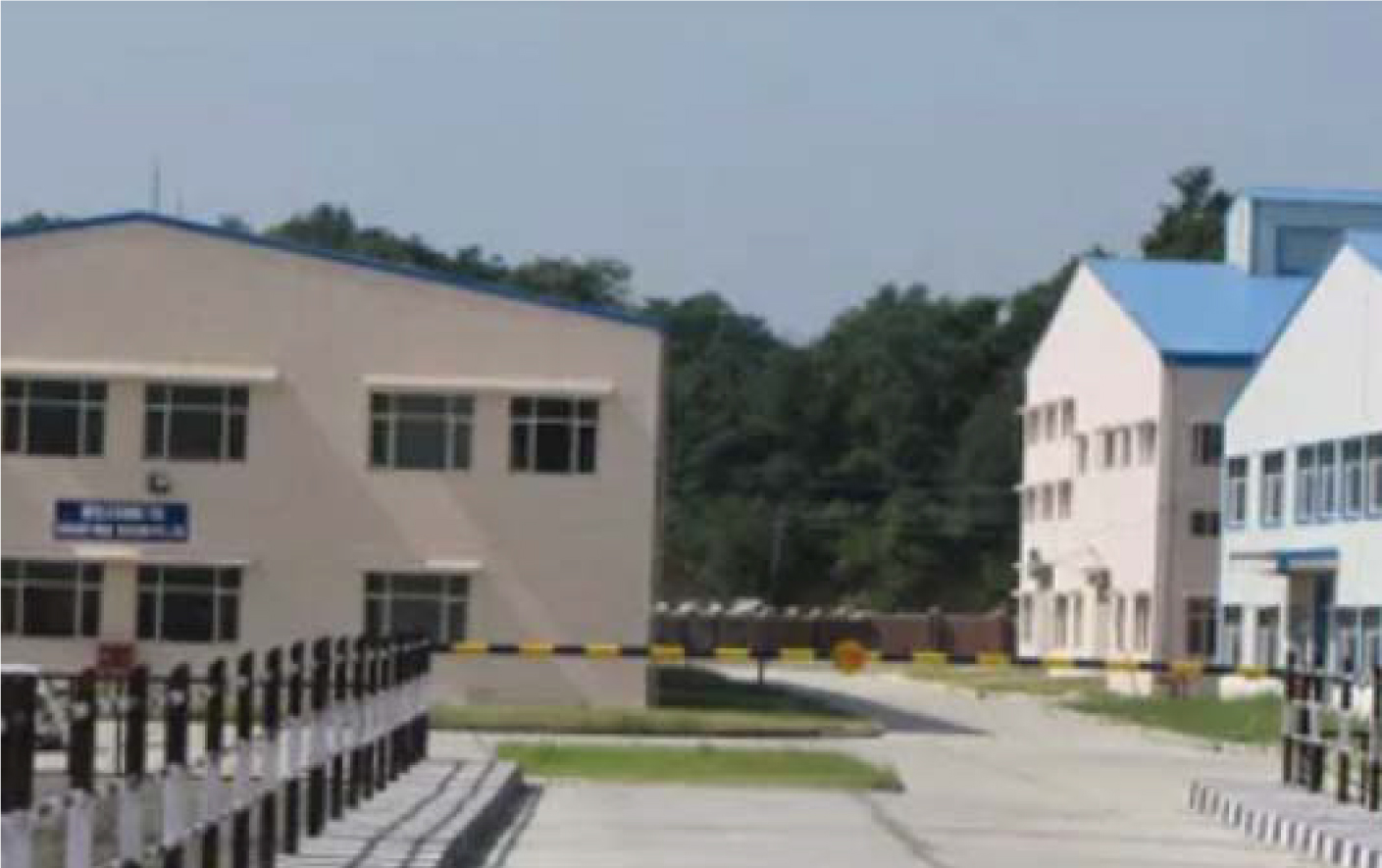 Energy storage has witnessed immense growth in India on the back of increasing renewable energy penetration and the electrification of transport. Battery manufacturing in the country has been scaled up to meet the growing demand. Coslight, a leading manufacturer of battery energy storage systems (BESS), is also expanding its business in the renewable energy and electric vehicle (EV) segments. In an interview with Renewable Watch, Sunil Sukhija, vice-president and head, sales and marketing, Coslight India, talks about the energy storage potential in India, the company’s product offerings in this space and its future plans…
Energy storage has witnessed immense growth in India on the back of increasing renewable energy penetration and the electrification of transport. Battery manufacturing in the country has been scaled up to meet the growing demand. Coslight, a leading manufacturer of battery energy storage systems (BESS), is also expanding its business in the renewable energy and electric vehicle (EV) segments. In an interview with Renewable Watch, Sunil Sukhija, vice-president and head, sales and marketing, Coslight India, talks about the energy storage potential in India, the company’s product offerings in this space and its future plans…
What is the company’s current scale of operations? Which are the major segments the company operates in?
Coslight India is one of the country’s leading players in the field of lithium-ion and valve regulated lead-acid (VRLA) batteries. The company has a state-of-the-art manufacturing set-up spread over 30 acres of land in Una, Himachal Pradesh. Its service network is spread across the country, with its head office located at Manesar, Gurugram. Its test and repair centres have been established at seven prime locations – Manesar (Gurugram), Mumbai, Bhopal, Lucknow, Kolkata, Chennai and Guwahati – to meet service requests within 24 hours. The company has been showing strong performance, consistent with its projections. Coslight India operates in segments like telecom, railways, power, uninterrupted power supply (UPS), two- and three-wheeler EVs and energy storage systems (ESSs).
What has been the company’s operational experience so far? What are its recent products in the renewable energy space?
Coslight India has been in operation for more than 13 years. The company has introduced lithium-ion batteries and advanced VRLA batteries for the renewable energy sector with approval from the Ministry of New and Renewable Energy and the Bureau of Indian Standards (BIS). The company has been doing very well, reporting consistent growth across all its market segments and posting good financial results. The business potential in the domestic and international markets reflects the growth path for the company and ensures its financial stability.
In your view, what is the market potential for energy storage in India? What are the key issues regarding the uptake of energy storage for renewable energy integration?
The market for energy storage is expected to grow at approximately 30 per cent during the period 2020-25. India is now witnessing large renewable energy projects with ESSs, in which the battery is the key component. Big companies are executing these projects for meeting their own energy requirement or for selling this energy. In an attempt to make the power sector more efficient, a new trend in power production has gained momentum in the recent past, that is, the integration of ESS.
There is a need for clarity in policy from the government’s side to promote ESS projects in India as there is a huge requirement for the same. By 2022, the requirement for ESSs will be about 150 GW, with projects being implemented across India right up to the Ladakh region. The ESS market potential is growing at the rate of 15 per cent per annum.
 What major innovations are you witnessing currently in the energy storage domain?
What major innovations are you witnessing currently in the energy storage domain?
We are currently witnessing an unprecedented transformation in the global energy generation and ESS space. Renewables are increasingly penetrating the market, and the variability in electricity use, driven by innovations like electric mobility, is accelerating rapidly. Conventional energy generation is based on load demand, but renewable energy generation is typically in isolation of load demand. Hence, ESSs play a major role in renewable energy integration by storing the surplus energy and providing support during peak demand. Today, different technologies and chemistries are emerging as promising solutions to offer an efficient, cost-effective and sustainable approach while enabling the decarbonisation of electricity systems and are expected to play a major role in the development of a smart grid. Some of the key innovations are aimed at:
- Smart grids via a combination of ESS and grid
- Meeting the power demands for EVs through ESS
- Energy storage and sharing through ESS.
What are the company’s future plans and targets? Which other emerging segments is the company exploring at present?
Coslight India has vast potential in the telecom and power sectors. The demand for telecom has been growing at a rapid rate across India and is expected to increase further in the years to come. Therefore, the growth prospects of telecom and solar in the industrial space are quite promising. Thus, the company’s battery manufacturing segment is all set to gain further momentum. Smart cities are also likely to boost the telecom and solar power sectors in India.
Electric mobility is another key area that Coslight is focusing on as there are many opportunities for two-, three- and four-wheeler EV players. The company has BIS and International Centre for Automotive Technology (ICAT) certification. Coslight batteries are already in use in the three-wheeler segment. Moreover, it has signed MoUs with public sector companies like Bharat Heavy Electricals Limited for their electric bus battery requirement. Discussions are on with reputed companies like Hyundai Motor and others.
What technological breakthroughs can we expect from your company in the coming years?
Coslight provides high standard energy solutions that can help in meeting the carbon emission targets set at various global summits. India is the fastest growing economy and is likely to become the third largest economy by 2030. Energy security, carbon emissions and local pollution are major challenges that need to be addressed. We as “technocrats” are focused on providing high-class lithium-ion battery solutions with the best safety standard battery management systems.
Our BESS solutions aim to remove diesel-run power sources from industries and thus improve the power quality. We have BESS solutions specially designed for high power (up to four times) demands. We have provided our BESS solutions to L&T, STEAG and Husk Power for rural electrification through solar power. We are looking for similar opportunities and solutions for the future.
We can target small crude oil-dependent vehicles (mainly two- and three-wheelers), which currently account for 60 per cent of the country’s fuel demand. Coslight introduced two-wheelers in January 2020, along with batteries for three-wheelers and higher domains with relevant international safety standards. We are working with similar committed partners (ICAT being one such) to introduce the electrification of heavy vehicles and public transport.
Is there a need for a clear policy on energy storage in the new amendment to the Electricity Act?
A clear policy framework regarding energy storage is needed in the new electricity law for the adoption of storage technologies in suitable areas, an industry body has suggested. The Draft Electricity (Amendment) Bill, 2020, floated by the Ministry of Power, seeks to make amendments to the Electricity Act, 2003 in order to address a series of challenges faced by the power sector and introduce measures to improve regulatory discipline, private sector participation and the growth prospects for the renewable energy sector, among others. The whole industry is looking forward to this positively.
What is your outlook for the company, especially in light of Covid-19?
With the Covid-19 crisis, fundamental changes in consumer behaviour, supply chains and routes to market are knocking companies off balance. Responding to the pandemic has underscored the need for agile ways of working and value chain transformation to help alleviate uncertainty.
We at Coslight are assessing the situation and trying to reach a balance with respect to the risks and opportunities arising out of this unprecedented situation. There is a huge potential in the telecom space as the usage of data has increased manyfold and telecom companies are going for expansions and making plans for huge investments. Similarly, in the renewables and EV segments, many big companies are now coming up with large projects to compensate for the precious time that they have lost and are working fast to complete their annual plans. This has created several opportunities.
Immediate action is required to protect the mid- and long-term results. To be able to do so, we have a professional crisis management plan in place:
- Put employee well-being above all else
- Communicate promptly, clearly and transparently with customers in all business scenarios
- Keep expenses in check and have backups for budget deficits
- Identify and repair broken links in the supply chain
- Be prepared for the unexpected.



